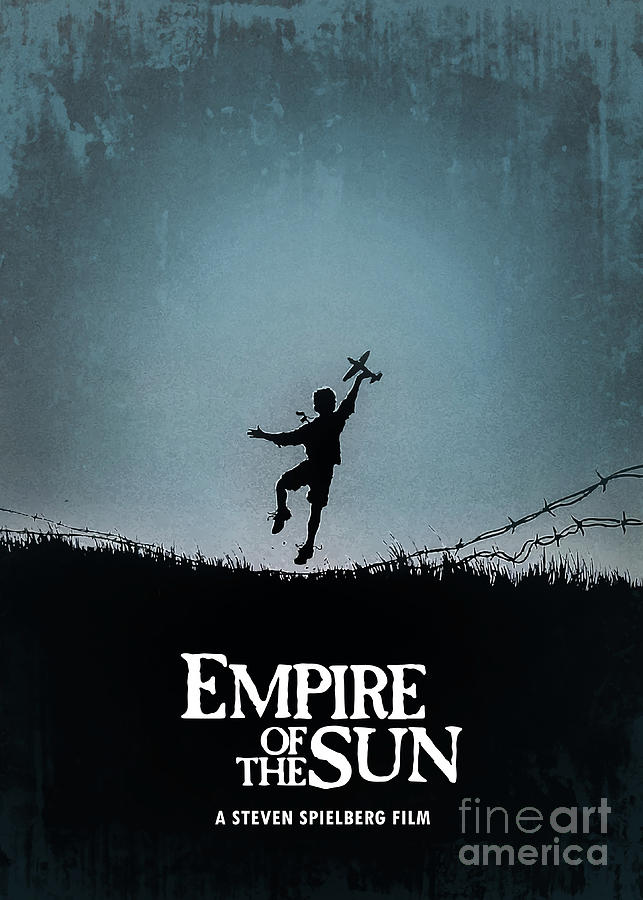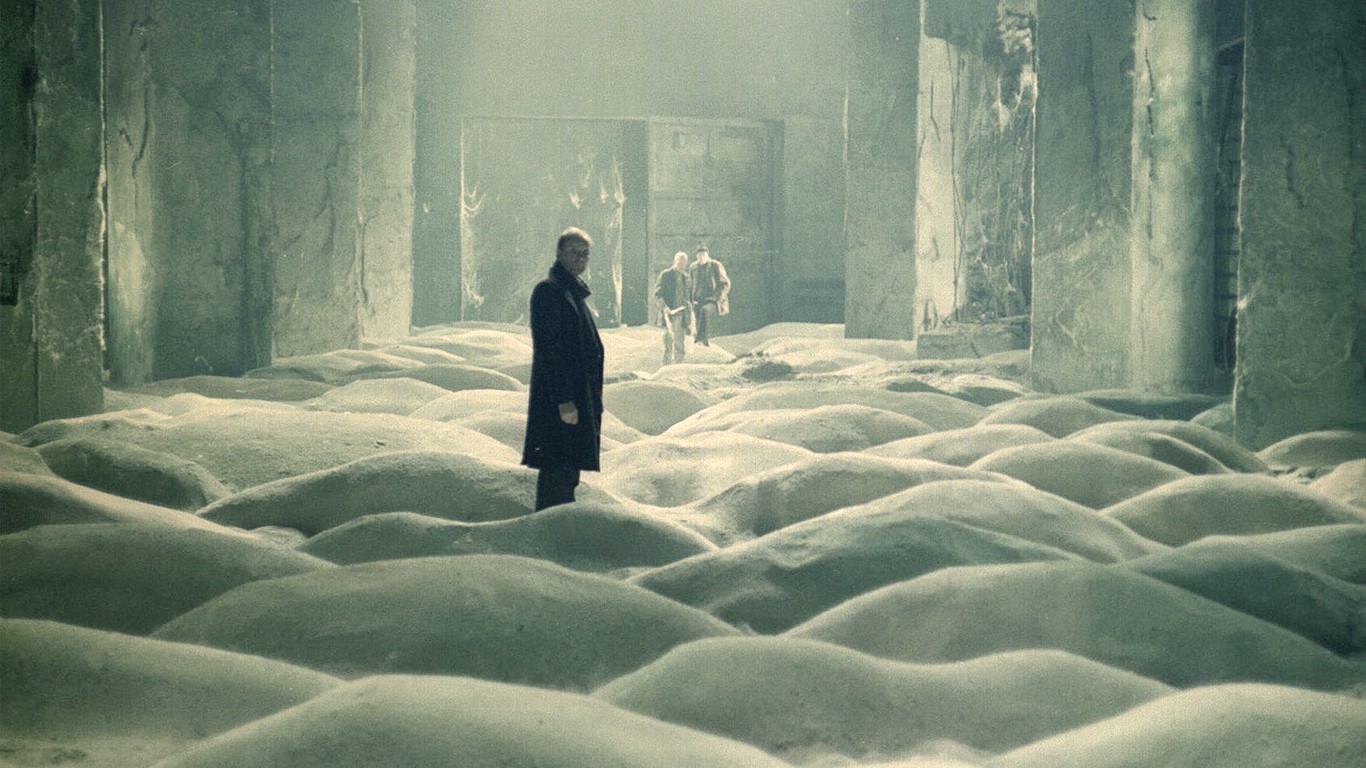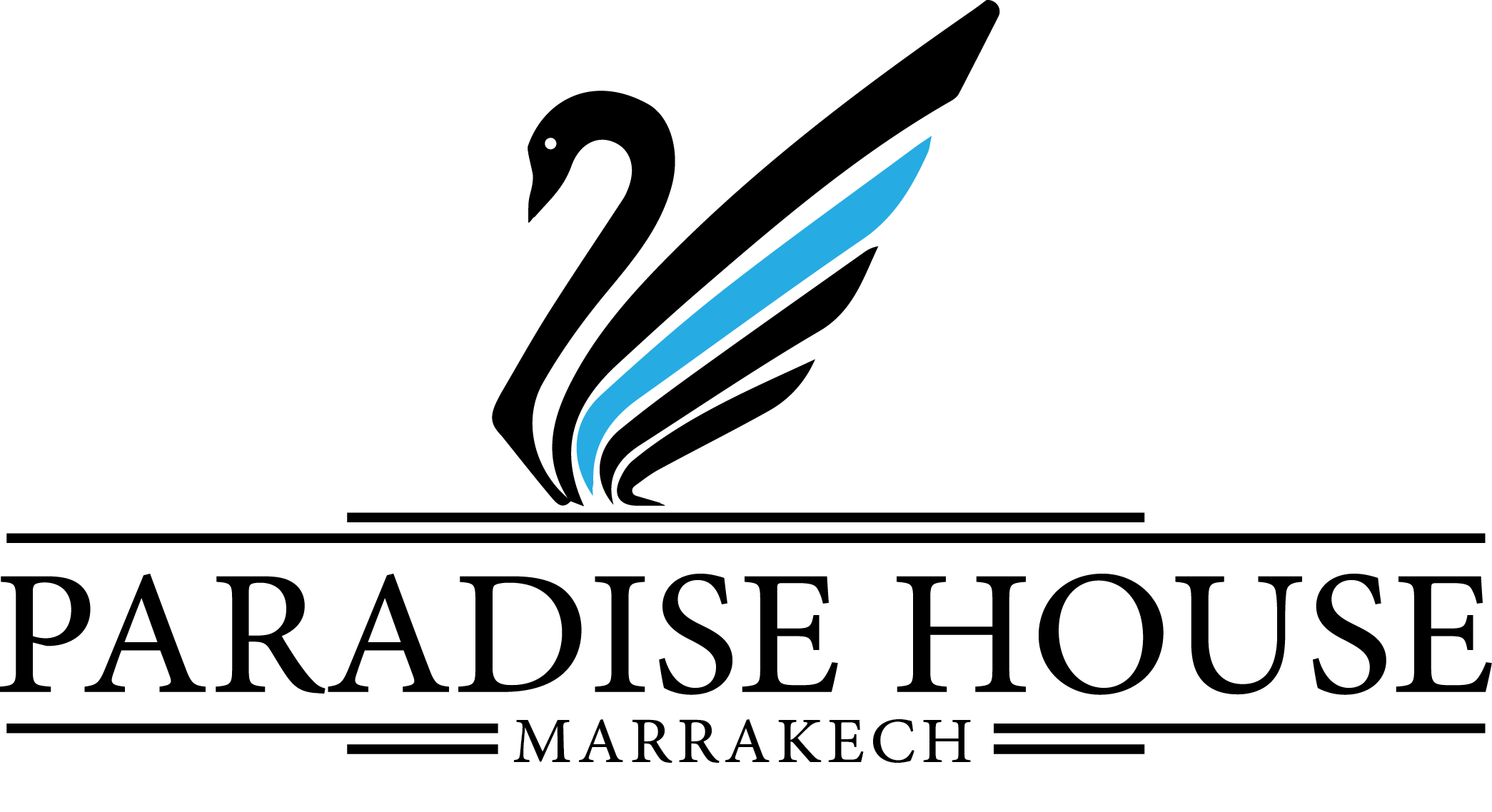Collectible graphic
Chloe Dewe Mathews (British, b. 1982) Former Abattoir, Mazingarbe, Nord-Pas-de-Calais 2013 Eleven British soldiers were executed here between 1915-1918 From the series Shot at Dawn © Chloe Dewe Mathews
In the case of Craonne, which was entirely obliterated by artillery, the village had to be rebuilt on a nearby site, while the ruins of the original settlement were abandoned to nature From Paperwork to Productivity. As a result, the only way for photographers to identify Craonne was by providing a caption.
On the back of the black cover box are written rhyming words that are almost impossible to read. The front cover shows that the words are about to burn out. Inside, the pages are laid out as hinged double fold-out spreads. The repetition of the act of opening and closing makes the images appear and disappear. I wanted to have a book design as a new object and something that goes beyond the contents. With the rich and chaotic nature of monochrome, it might be that I tried to find my early style within the illusion of reality by abstracting the phenomenon. As an observer, I would like to keep forcing myself into the future, never losing the sense of danger which emerges in the conflicts of daily life. I wish to harmonise my old distorted maps with the heartbeat of this exhibition at Tate Modern, twisting across the bridges of the centuries through conflicting space and time.
Kikuji Kawada (Japanese, b. 1933) Hinomaru, Japanese National Flag 1965 From the series The Map Gelatin silver print 279 x 355mm © Kikuji Kawada, courtesy the artist and Photo Gallery International, Tokyo

Cinematic artwork
Wes Anderson’s films are heavy on visual stimulation, often referring to paintings to enrich his frames. Anderson relies immensely on planimetric composition, tight symmetry, center-framing, and flatness, which attributes a two-dimensional quality to his films. This, along with the non-realistic presentation and chapter-like division of his narratives, make the viewer feel as if they are not watching a film but reading a heavily illustrated novel.
Additionally, we will examine notable artists who have successfully integrated cinematic elements into their paintings, including Edward Hopper and David Hockney, as well as contemporary artists who continue this tradition. By analyzing their works, we can see firsthand how film has shaped their artistic approach and enriched their visual storytelling.
This blog will focus on several key areas where cinematic influences are most evident in painting. We will begin by providing a historical context, highlighting the early intersections of film and painting and the evolution of cinematic techniques. Next, we will delve into specific techniques borrowed from film, such as composition and framing, lighting and color, and narrative storytelling. Through these sections, we will explore how painters use these techniques to create depth, mood, and symbolic meaning in their works.

Wes Anderson’s films are heavy on visual stimulation, often referring to paintings to enrich his frames. Anderson relies immensely on planimetric composition, tight symmetry, center-framing, and flatness, which attributes a two-dimensional quality to his films. This, along with the non-realistic presentation and chapter-like division of his narratives, make the viewer feel as if they are not watching a film but reading a heavily illustrated novel.
Additionally, we will examine notable artists who have successfully integrated cinematic elements into their paintings, including Edward Hopper and David Hockney, as well as contemporary artists who continue this tradition. By analyzing their works, we can see firsthand how film has shaped their artistic approach and enriched their visual storytelling.
Vintage graphic
For a 19th century engraved style, take a look at the vintage images from London-based scraperboard artist Caroline Church. Her main influences include iconic engravers Thomas Bewick and Gustav Dore, and all kinds of clients love her work: Domino’s (pictured), DDB Helsinki and Virgin to name just a few.
If you want to create more of an ornate, detailed look in your vintage designs, Baroque is the style to aspire to. A design style that was extremely popular in the 17th and 18th Centuries, Baroque is characterized by grand, exaggerated features like ornate gilding and detailed decorative elements using natural elements like shells and plants.
As a style created purposefully and skilfully by graphic designers and architects, this retro graphic design style is particularly popular amongst graphic designers today. Geometric elements, grids, and playful colors make this a retro graphic design style with a distinctly contemporary appeal.
The Gothic design style is based on decorative and architectural styles that were popular in the mid-to-late Medieval period. An extremely broad ‘total’ design style, its influence can be seen across architecture, art, and decorative arts from this period.
